Nativity Story
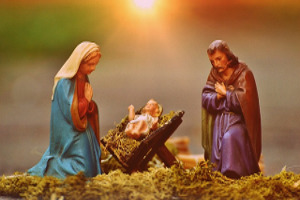
This religious education scheme of work for Key Stage One gets the children to explore and record the sequence of events in the story of the birth of Jesus from the Bible using role-play and art and design activities. The class can produce puppet plays and decorations to illustrate the story behind some of the characters.
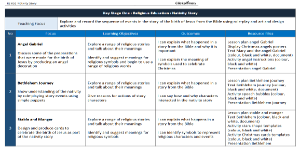
Explore and record the sequence of events in the story of the birth of Jesus from the Bible using role-play and art and design activities
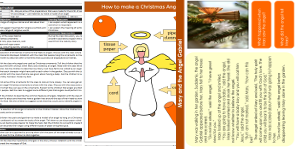
Lesson One : Angel Gabriel
Investigate some of the different preparations that were made for the birth of Jesus by exploring a story from the Bible about the nativity
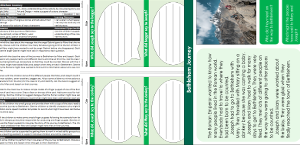
Lesson Two : Bethlehem Journey
Suggest and record what different characters might said about Mary’s and Joseph’s journey to Bethlehem as part of the nativity story
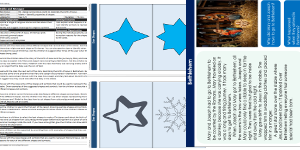
Lesson Three : Stable and Manger
Design and produce a selection of Christmas cards to illustrate and celebrate the birth of Jesus as part of the nativity story by referencing one scene from the narrative
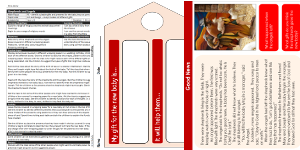
Lesson Four : Shepherds and Angels
Identify, describe and illustrate some of the suitable gifts and presents that could be given to the baby Jesus as part of the nativity story
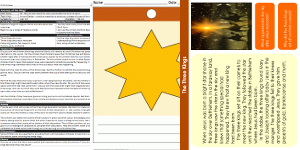
Lesson Five : Journey of the Magi
Investigate and record one of the main events that happened after the birth of Jesus as part of the nativity story when he was visited by the three kings
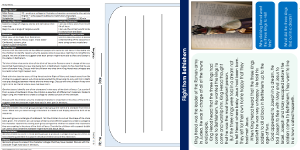
Lesson Six : King Herod
Investigate, describe and record information about some of the events that occurred after the birth of Jesus and the flight from Bethlehem
-

Money Coin Sums
Practise identifying, combining and recording sets of coins that can make matching sums that can be used when shopping for different products
-

Maths Number Assessment
Assess abilities in working with numbers to solve abstract and contextual problems when calculating sums, products and quotients using different techniques and methods
-

Animal Lists
Investigate how to compile lists using commas to present information about some of the special animals that live in habitats around the world
-

English Spelling Assessment
Assess abilities in spelling different vocabulary words based on the National Curriculum programmes of study for Key Stage One
